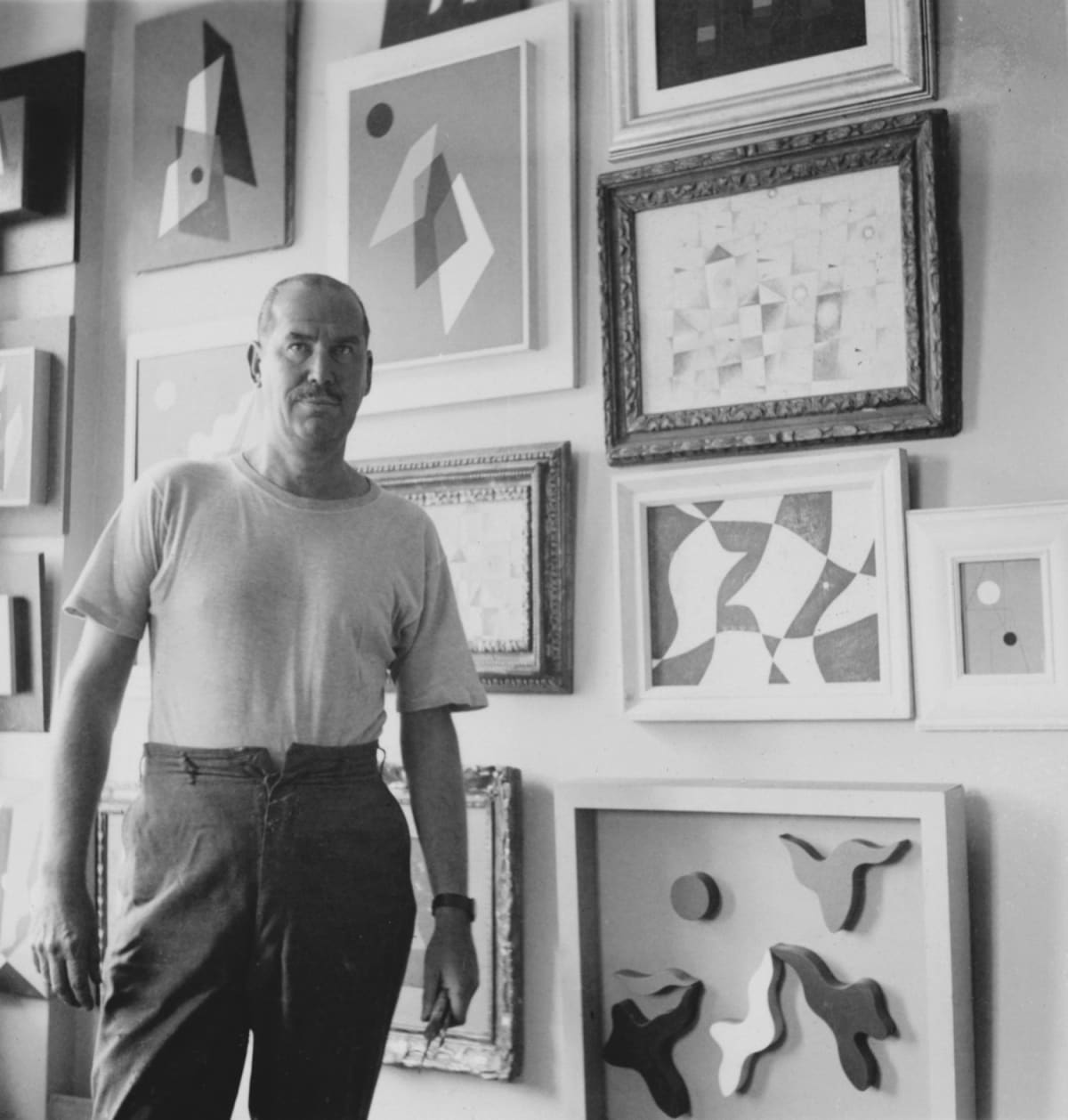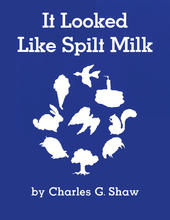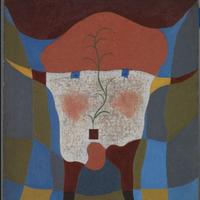More about Charles Green Shaw
- All
- Info
- Shop
Works by Charles Green Shaw

Sr. Contributor
Charles Green Shaw was on the cutting edge of abstraction in the United States.
Hailing from a wealthy New York family, Shaw had the comfort and ability to pursue a career in art. His mother died when he was three, so Shaw grew up with his father, uncle, and grandmother, and educated himself by reading the family’s wide collection of books. This early foray into education foreshadowed the interesting life he would lead. He studied architecture for a year before enlisting to fight in World War I. After dabbling in writing and contributing articles to The New Yorker, he eventually found his calling in painting after studying with Thomas Hart Benton, famed mentor of Jackson Pollock.
Despite only having a few months of formal training, Shaw had many opportunities that helped evolve his career. In 1927, Shaw enrolled in Benton’s class at the Art Students League in New York. On a trip to Paris, he visited the studios of Pablo Picasso, Georges Braque, and Fernand Leger, and learned about the European avant-garde’s experiments with abstraction. Shaw’s 1933 series Plastic Polygon firmly asserted his status as one of the first American artists to embrace abstract art. His previous experience as a writer allowed him to write eloquently about his abstract art practice in a way not many could emulate.
Shaw was one of the founding members of the American Abstract Artists. The AAA, as it was also known, was the precursor to the Abstract Expressionist movement. It was also the American answer to the abstract trends dominating the European artistic consciousness. Shaw’s abstract and non-objective works definitely hit the spot. Shaw wasn’t just a stringent abstractionist; he dabbled in Surrealism and also made montages - small three-dimensional found object works, similar to that of Joseph Cornell.
Shaw’s talents never went unnoticed, and he enjoyed a successful artistic career. He was the only American-born artist to have two solo exhibitions during his lifetime at Solomon Guggenheim’s Museum of Non-Objective Painting, the first and way less catchy name of the Solomon R. Guggenheim Museum.
Sources
- American Abstract Artists. “History at a Glance.” http://americanabstractartists.org/history/. Accessed 24 March 2020.
- Artsy. “Charles Green Shaw.” Artists. https://www.artsy.net/artist/charles-green-shaw. Accessed 24 March 2020.
- HarperCollins Publishers. “It Looked Like Spilt Milk.” Products. https://www.harpercollins.com/products/it-looked-like-spilt-milk-charle…. Accessed 24 March 2020.
- Cummings, Paul. “Oral History Interview with Charles Green Shaw, 1968 April 15.” Archives of American Art. Smithsonian Institution. https://www.aaa.si.edu/collections/interviews/oral-history-interview-ch…. Accessed 24 March 2
- Smithsonian Institution. “Charles Shaw.” Artists. Smithsonian American Art Museum. https://americanart.si.edu/artist/charles-shaw-4404. Accessed 24 March 2020.
- Weinstein Gallery. “Charles Green Shaw.” Artists. https://www.weinstein.com/artists/63-charles-green-shaw/. Accessed 24 March 2020.
Featured Content
Here is what Wikipedia says about Charles Green Shaw
Charles Green Shaw (May 1, 1892 – April 2, 1974) was an American painter, poet, writer, and illustrator. He was a key figure in early American abstract art. Shaw's paintings are part of most major collections of American Art, including the Art Institute of Chicago, Corcoran Gallery, the Metropolitan Museum of Art, the Musee d'Art Moderne de Paris, Museum of Fine Arts Boston, the Museum of Modern Art, the Smithsonian Institution, and the Whitney Museum.
Before turning to art in 1932, Shaw was a prominent writer for The New Yorker and Vanity Fair. He was also a poet, with more than 1,200 published poems.
Check out the full Wikipedia article about Charles Green Shaw












